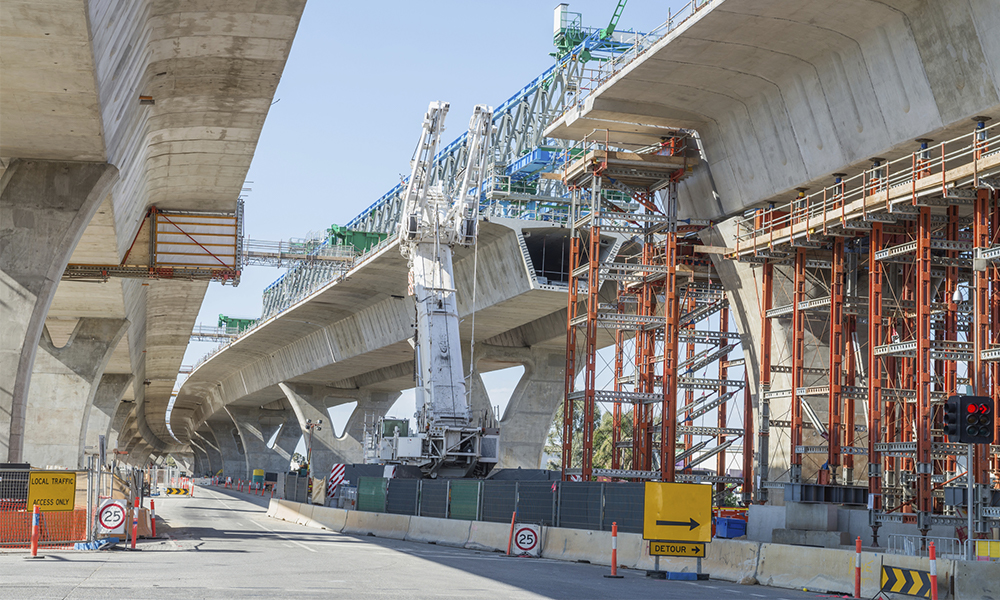Fire when installing air-conditioning
While installing an air-conditioning system, a work-site fire was reported when workers were carrying out welding on the 5th floor of a building.
Background
The building in question housed government departments, and was damaged by the incident. Indeed, part of the building’s roof collapsed, and water leaked down onto lower floors after the fire brigade were called to the scene.
Stelliant was called in to act on behalf of the Health & Safety Coordinator, who was being held liable for the damage caused by the fire on the work-site, which was their responsibility.
How Stelliant proceeded
Due to the fact that it would be many months before staff were able to return to the premises, the various organisations occupying the building decided to move their staff into temporary emergency offices that were set up in the city, as well as across other sites in the county. As these temporary solutions are not sustainable in the long-term, it was vital that the circumstances surrounding how the fire started were determined as quickly as possible.
The fire investigation loss adjuster assigned by Groupea took part in the joint loss adjustment meetings, enabling the area in which the fire started to be quickly ascertained. This meant that the damage loss adjusters were able to proceed with repair and renovation work to other parts of the building without wasting any time, bringing forward a return to business as usual on the premises.
Next, the precise cause of the fire had to be determined, to see who would be held liable for the damages. The loss adjuster attentively analysed the documents binding the H&S coordinator, the welding company, and the end client. The welding and cutting permit and the safety plan were closely examined in order to verify that the H&S coordinator had put appropriate and consistent measures in place.
The fire investigation loss adjuster then checked that the welding company had properly applied its safety and protection rules and used the PPE provided. If they had not, then the coordinator could not be found liable. Ultimately, no causal connection could be found between the incident and the H&S coordinator’s work.
In parallel to this, a specialist construction loss adjuster and an operating-loss loss adjuster were able to estimate the cost of all of the claims made by the injured third parties: rental of temporary offices, partial rebuilding of the damaged property with issues around asbestos taken into account…
These were complex financial operations requiring input from a number of different specialists, as well as support from construction economists at QUANTEX, a Stelliant Group subsidiary. An extremely valuable resource to assess the viability of rebuilding work, and ensure compliance with the insurer’s specifications.







